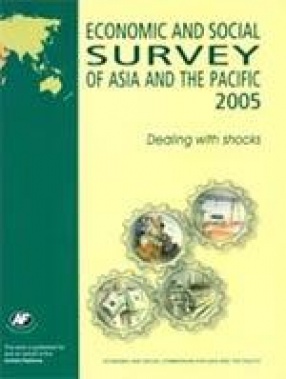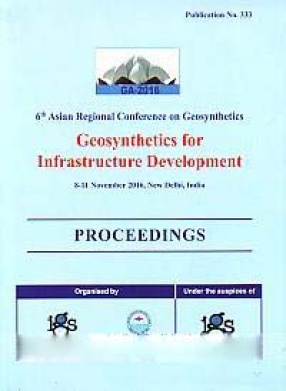Despite the increase in oil prices, the weakness of the dollar and the effects of the tsunami, in 2004 ESCAP economies grew at their fastest pace since 2000, with broad-based growth accompanied in most cases by low inflation. Growth was driven by increased exports, a large part of which were within the region, particularly to China, as well as strong domestic demand, including a revival in capital expenditures. Prospects for 2005 indicate a slowdown in economic growth in ESCAP region as the external environment weakens, but the region is expected to continue to be the fastest-growing in the world. The rapid ageing of countries which are still developing is the most important feature of demographic transition in the next half century in Asia and Pacific. Governments are increasingly under pressure not only to devise innovative mechanisms to deal with an ageing population but also to ensure the long term viability of social welfare programmes, while minimizing the negative effects on the economy. The diversity of ageing in the region requires different policy responses, including fundamental changes in policy design, particularly in health and pension systems. The year 2005 was designated as the International year of Microcredit with the objective of promoting the role of microfinance and microcredit in poverty reduction. The Survey highlights some Asia-Pacific experiences to illustrate how many of the poor people living in the region could improve their lives through their own efforts.
Economic and Social Survey of Asia and the Pacific 2005: Dealing with Shocks
In stock
Free & Quick Delivery Worldwide
reviews
Bibliographic information
Title
Economic and Social Survey of Asia and the Pacific 2005: Dealing with Shocks
Author
Edition
1s ed.
Publisher
ISBN
8171885039
Length
xx+263p., Maps; Tables; Figures; 28cm.
Subjects








There are no reviews yet.